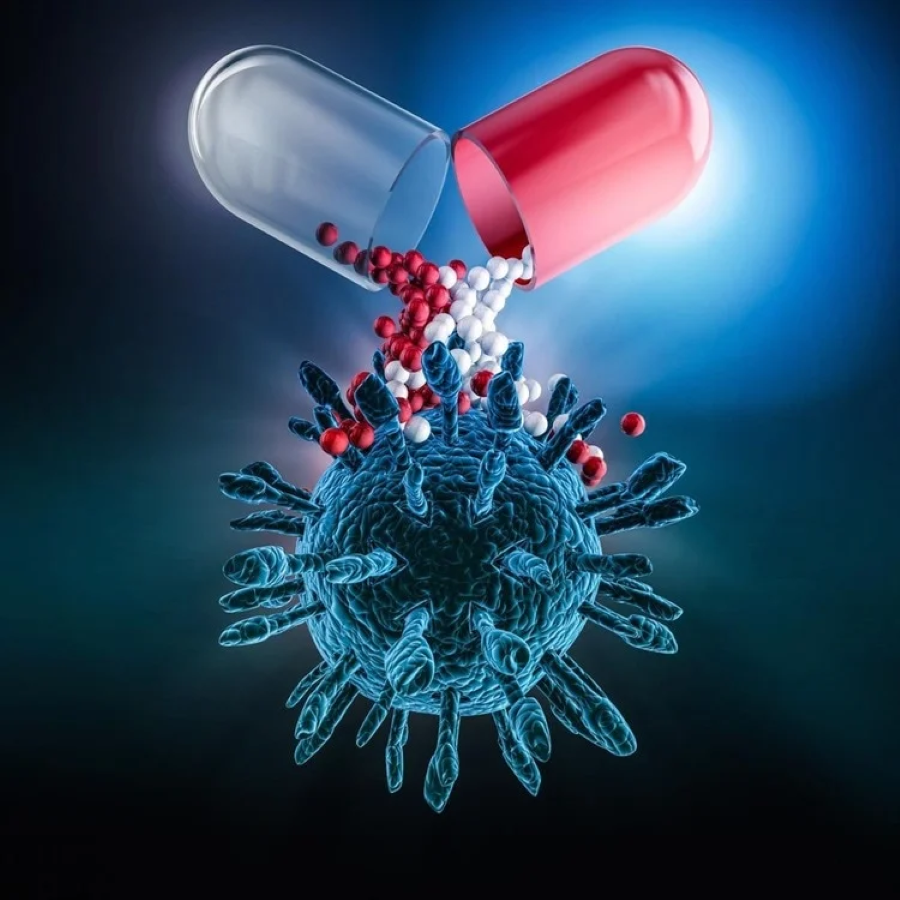
Tissue engineering
Tissue engineering is an interdisciplinary field that aims to develop or regenerate artificial tissues to restore or enhance biological functions. Recognized as a promising alternative to tissue transplantation, this field combines cells, biomaterials, engineering techniques, and targeted stimuli to create functional biological substitutes. Successful tissue engineering relies on three essential components: (1) cells derived from donor tissues to serve as the foundation for regeneration, (2) bio-scaffolds that provide structural support and guide tissue development, and (3) growth factors that regulate cell adhesion, proliferation, migration, and differentiation. Our lab focuses on a wide range of tissue engineering applications, including the development of cartilage and bone scaffolds, dental pulp regeneration, uterus repair, wound healing, dermal fillers and bone cements. To support these efforts, we employ diverse biomaterials, including hydrogels, microgels, nanocomposites, and bioactive ceramics, tailored to meet the functional requirements of each application. Our research integrates advanced fabrication techniques such as 3D printing, electrospinning, and photopolymerization. By combining innovative materials with state-of-the-art methodologies, we aim to engineer tissue constructs withenhanced mechanical properties, biocompatibility, and regenerative potential.

Drug Delivery
Drug delivery is a multidisciplinary field dedicated to developing systems for the precise, efficient, and controlled release of therapeutic agents. By enhancing drug bioavailability, stability, and targeting, these systems aim to maximize therapeutic efficacy while minimizing side effects. Effective drug delivery research incorporates advanced materials, innovative engineering techniques, and detailed understanding of biological systems to design carriers optimized for specific applications. Our lab focuses on a diverse range of drug delivery applications, including ocular drug delivery, cancer therapies, and responsive systems for chronic conditions. We specialize in designing advanced carriers such as pH-responsive nanoparticles, magnetic polymeric particles, mesoporous silica, liposomes, amphiphilic polymers, and bioactive glass. These carriers are tailored for controlled and stimuli-responsive release, allowing for targeted drug delivery in challenging environments like the retina, tumor microenvironments, or oxidative stress conditions. By integrating materials science, pharmaceutical engineering, and biomedical insights, our lab develops sophisticated systems capable of addressing unmet clinical needs in modern therapeutics.

Mathematical and Computational Modeling
Mathematical and computational modeling is a powerful tool that enables the simulation and prediction of complex biological, chemical, and physical systems. This approach has gained
significant traction due to its ability to provide insights that guide experimental designs, optimize processes, and predict system behavior under various conditions. In our lab, we specialize in developing and applying mathematical and computational models to tackle intricate problems in areas like tissue engineering, drug delivery, and biological systems. Using advanced methods such as computational fluid dynamics (CFD), finite element modeling (FEM), and reaction-diffusion systems, we create models that simulate nutrient transport in dynamic cell cultures, scaffold design for tissue regeneration, drug distribution in ocular and systemic applications, and more. Our models have been applied to diverse scenarios, including optimizing the geometry of fibrous scaffolds for cartilage regeneration, simulating drug diffusion kinetics in polymeric matrices, and predicting gas dynamics during ophthalmic procedures. These efforts contribute to understanding cellular microenvironments, improving therapeutic delivery systems, and designing innovative biomedical devices. By combining robust mathematical frameworks with computational precision, our research bridges theory and application to drive advancements in biomedical science.